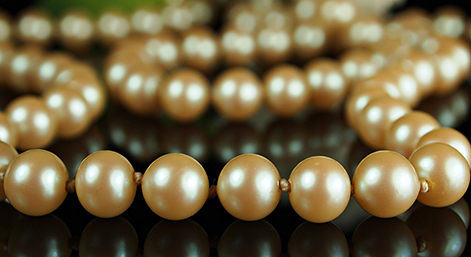Recently Updated Blogs
It’s January and thousands of Oxford and Cambridge applicants have either just found out or are soon to find out whether they are being offered a place to study at Oxford or Cambridge. However, as is inevitable, the majority very promising applicants will unfortunately receive the news that they are…
How Early Should I Start Thinking about Applying to Oxbridge? You may not have reached your year of application, or even A-levels, or even GCSEs, but you think you might want to go to either Oxford or Cambridge when the time eventually comes around. The question that might now be…
When are Oxford and Cambridge Offers Released? Oxford offers will be released on Tuesday the 13th of January 2026. Both successful and unsuccessful applicants will be notified by the university of their decision. Applicants will also be able to see the results of their application on the UCAS online portal.…
Why It Pays to Start Early on Your University Application Applying to universities, especially renowned institutions like Oxford and Cambridge, can be a daunting and highly competitive process. However, as we have learned from our almost 25 years of experience helping students with their applications, with careful planning and starting…
If you’ve applied via UCAS to one or more top UK universities, you will likely be in the midst of the waiting period; the application is finished, but still no sign of a response from the universities to which you have applied. It is normal for applicants to feel anxious,…



 Symbols, however, seem to operate in a very different manner. It could be argued that the meaning of a symbol in a piece of artwork is far less precisely coded than the meaning of a word in a sentence. The meaning of the symbol is much more fluid, both in terms of its interpretation by the recipient, and its perceived connotations throughout history. So, for example, if a painting depicts a woman with a pearl necklace around her neck, the pearls would hold potentially very different meanings to each viewer, depending on their own personal history, and would have potentially very different artistic intentions, depending on when the painting was painted. Harry Broudy puts it neatly: ‘the arts present us with images of feeling for which there is no dictionary save that of the totality of human experience’.
Symbols, however, seem to operate in a very different manner. It could be argued that the meaning of a symbol in a piece of artwork is far less precisely coded than the meaning of a word in a sentence. The meaning of the symbol is much more fluid, both in terms of its interpretation by the recipient, and its perceived connotations throughout history. So, for example, if a painting depicts a woman with a pearl necklace around her neck, the pearls would hold potentially very different meanings to each viewer, depending on their own personal history, and would have potentially very different artistic intentions, depending on when the painting was painted. Harry Broudy puts it neatly: ‘the arts present us with images of feeling for which there is no dictionary save that of the totality of human experience’. Scientific discoveries, however, changed all that: in simple terms, pearls are created when a parasite or worm enters the mollusc’s shell, forming a cyst over which the nacre (mother-of-pearl) grows. This discovery had two effects: firstly, it altered the perception of the pearl as a symbol of purity (parasites and worms not being the cleanest of images) and, secondly, it kick-stared the production of ‘cultured pearls’. Seeing as the process was so rare naturally, and seeing as the value of pearls was so high, it didn’t take a business genius to realise that if you were able to create pearls artificially you would be sitting on a gold mine. Or more precisely, a pearl farm. Japanese entrepreneur Kokichi Mikimoto (1858-1954) perfected the now widespread method of developing cultured, or artificially created, pearls by inserting an object into the mollusc shell. Mikimoto’s stated intention was to ‘adorn the necks of all the women of the world with pearls’, and his success in this meant that the pearl’s value as a symbol of opulence was depleted.
Scientific discoveries, however, changed all that: in simple terms, pearls are created when a parasite or worm enters the mollusc’s shell, forming a cyst over which the nacre (mother-of-pearl) grows. This discovery had two effects: firstly, it altered the perception of the pearl as a symbol of purity (parasites and worms not being the cleanest of images) and, secondly, it kick-stared the production of ‘cultured pearls’. Seeing as the process was so rare naturally, and seeing as the value of pearls was so high, it didn’t take a business genius to realise that if you were able to create pearls artificially you would be sitting on a gold mine. Or more precisely, a pearl farm. Japanese entrepreneur Kokichi Mikimoto (1858-1954) perfected the now widespread method of developing cultured, or artificially created, pearls by inserting an object into the mollusc shell. Mikimoto’s stated intention was to ‘adorn the necks of all the women of the world with pearls’, and his success in this meant that the pearl’s value as a symbol of opulence was depleted.
